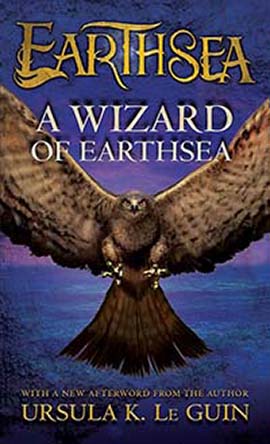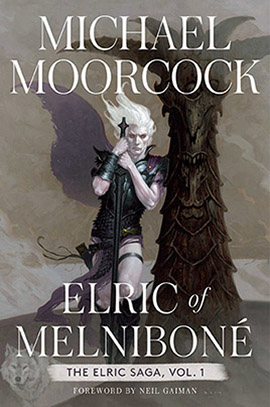

In 1969, Ursula K. LeGuin published “A Wizard of Earthsea.” This book introduces the school of magic concept. This time, magic had set rules, limitations, and consequences, making magic realistic and something that could be taught and not a cosmic force that could do everything and anything. The book was considered an instant classic.

The “Swords and Sorcery” genre experienced an unexpected revival by British author Micheal Moorcock with “Elric of Melnibon” published in 1972. Moorcock was tired of the “Tolkien-esque” stories that were saturating the market, so he created something dark and mature. The main character of the story was a drug addict, magic wielding, brooding albino anti-hero with a cursed black sword. Elric became a massive success and became one of the most recognizable characters in the genre’s history.

During the 70s, Gary Gygax and Dave Arneson founded a game company “TSR”, later known as “Wizards of the Coast” and released the first edition of Dungeons and Dragons. D&D is known as a fantasy table top role playing game, and had become one of the most popular and well known games in history that continues to evolve with constant revisions. The game has several worlds for players to immerse themselves in, along with the freedom to make their own adventures. The stories of the worlds themselves is told through other media, particularly in books. Writers are hired to create characters to populate worlds of D&D and write about them, and this is called a “shared world”. One of the most well known of these “shared worlds” is “Dragonlance” by Tracy Hickman and Margaret Weis, and “Forgotten Realms.” The most well known writer working in latter is R.A. Salvatore with the dark elf Drizzt Do’Urden in “The Crystal Shard” in 1988. The game designers control the setting and there isn’t much chance they’ll venture beyond what was considered safe and agreeable profit by 1980s standards of the fantasy genre, so there were limits to what “shared world” authors could do. Salvatore was given enough creative freedom to make his character unique and address serious topics in fantasy, such as racism.

In 1982, a movie based on Conan the Barbarian staring Arnold Schwarzenegger and James Earl Jones was released, which renewed interest in the character. Publishers decided to hire writers to write new stories about Conan the Barbarian. James Oliver Rigney Jr wrote about seven Conan books, even giving a complete timeline. Under the pen name “Robert Jordan”, the first part in the epic “Wheel of Time saga”, “The Eye of the World” was released in January 15, 1990. The story was able to find new was to use fantasy conventions, such as combining elves and ogres to create Ogeirs, a whole new race of creatures. Rigney wanted characters who felt psychologically real and wanted to avoid major cliches while maintaining imagination. A running theme in the story is the nature of trust. Rigney asked himself “what would it really be like to be told that you are destined to save the world?” And his answer was that selfishness and lust for power would be involved and one couldn’t be so sure of their allies. This complexity created a turning point for the genre, growing out of “The Lord of the Rings” shadow and gained mainstream accepted as both literature and art.
